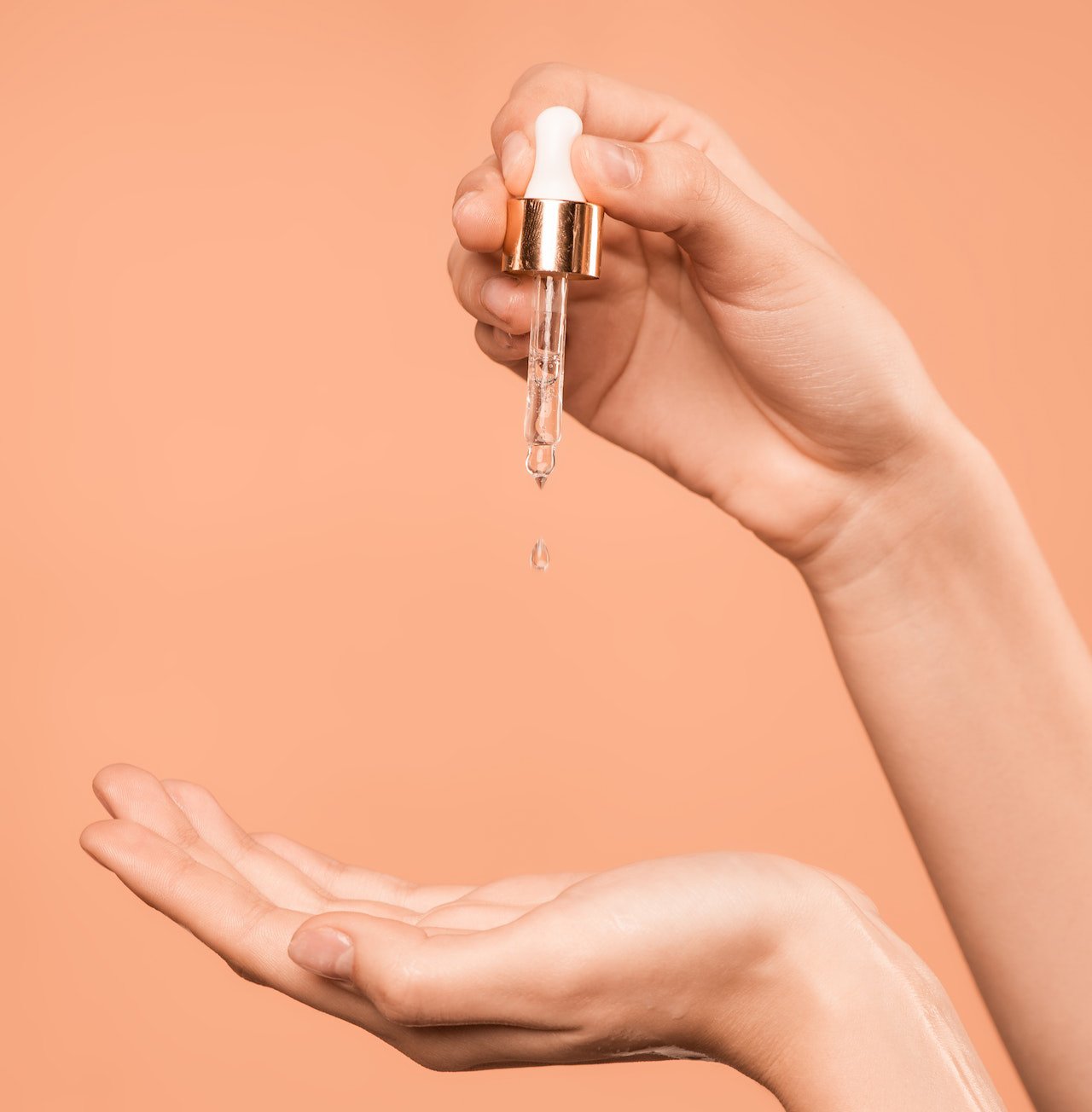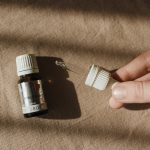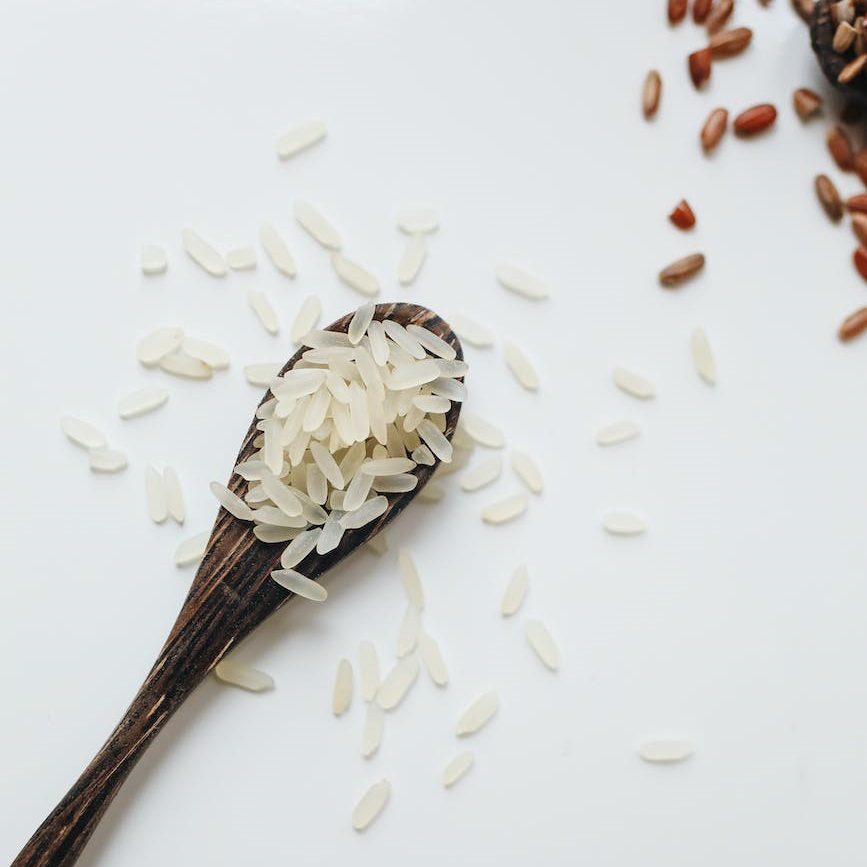Kojic Acid and Skin Lightening Ingredients.
Kojic acid is a popular ingredient in the world of skincare. It is known for its ability to improve skin tone and texture and to address a variety of skin concerns such as hyperpigmentation and age spots. In this article, we will take a closer look at Kojic acid and compare its benefits and drawbacks.
Kojic acid is a naturally occurring ingredient that is derived from mushrooms. It is a popular ingredient in skincare products because of its ability to brighten and even out skin tone. Kojic acid works by inhibiting the production of melanin, which is the pigment that gives our skin its color. When melanin production is reduced, dark spots and hyperpigmentation become less visible.
Kojic acid works by inhibiting the activity of an enzyme called tyrosinase. Tyrosinase is an enzyme that is involved in the production of melanin, the pigment that gives our skin its color. When tyrosinase is inhibited, the production of melanin is reduced, resulting in a lighter, more even skin tone.
To be exact Kojic acid works by binding to copper ions that are required for the activity of tyrosinase. By binding to these copper ions, kojic acid prevents tyrosinase from functioning properly, which in turn reduces the production of melanin.
To simply this let me put it this way. Under normal circumstances (Tyrosinase ? with Copper Ions = Melanin ). But when Kojic Acid comes to the playground it becomes the popular kid and you get (Kojic Acid ? Copper Ions = NO Melanin ) and poor Tyrosinase gotta go.
In addition to its inhibitory effects on tyrosinase, kojic acid also has antioxidant properties. Antioxidants help to neutralize free radicals, which are unstable molecules that can cause damage to cells and contribute to the aging process. By neutralizing free radicals, kojic acid can help to protect the skin from damage and keep it looking youthful and healthy.
All that is good and well but it’s worth noting that while kojic acid is an effective ingredient for reducing the production of melanin and improving skin tone, it is not a complete solution for treating all types of hyperpigmentation. Other factors, such as sun exposure, hormonal changes, and genetics, can also contribute to hyperpigmentation, and a comprehensive skincare routine should take all of these factors into consideration.
Kojic acid is considered a relatively safe and effective ingredient for skin lightening, but it can cause skin irritation and other side effects in some individuals. It is important to start with a low concentration of kojic acid and to gradually increase it over time, as the skin may need time to adjust..
Concentration
It is also important to start with a low concentration of kojic acid and to gradually increase it over time. Additionally, it is important to use kojic acid in conjunction with other skincare products, such as sunscreen, moisturizer, and antioxidants, to protect the skin from damage and maintain its overall health.
The length of time and the concentration of kojic acid that one can use on the skin will depend on several factors, including skin type, skin sensitivity, and the desired outcome. Generally, a concentration of 1-2% kojic acid is considered safe and effective for most individuals. However, some individuals may need to use a higher concentration, while others may need to use a lower concentration, depending on their skin type and sensitivity.
Continuing to use kojic acid to sustain skin-lightening effects will depend on the individual’s skin and the desired outcome. In some cases, regular use of kojic acid may be necessary to maintain the skin-lightening effect, while in other cases, the effect may be more long-lasting.
It is also important to note that the skin may become less sensitive to kojic acid over time, so it may be necessary to increase the concentration of kojic acid used or to use it more frequently to maintain the desired skin-lightening effect.
Side Effects
It is also important to be aware that skin-lightening treatments, including kojic acid, may not be suitable for everyone, and some individuals may experience side effects such as skin irritation, redness, itching, or stinging. In some cases, these side effects can be severe, and it is important to seek medical attention if they persist or worsen.
Additionally, it is important to be cautious when purchasing skin-lightening products, as some products may contain harmful ingredients such as mercury or hydroquinone ( hydroquinone I do not recommend it, in fact, it is banned in some countries studies have suggested that hydroquinone may be carcinogenic cancer-causing), which can be damaging to the skin and to overall health. Before purchasing a product, it is important to research the ingredients and choose a product that is well-respected and has a proven track record of safety and effectiveness.
Skin lightening and brightening is a big industry, and you may see many ingredients being used together so let me just give you a quick overview of some of the ingredients. Follow me for more detailed blogs on each of these as we continue our beauty journey.
Tranexamic acid: is a synthetic form of the amino acid lysine. Tranexamic acid works by inhibiting the activity of plasmin, an enzyme that is involved in the breakdown of blood clots. By inhibiting the activity of plasmin, tranexamic acid helps to prevent the formation of new blood vessels, which can contribute to hyperpigmentation.
Vitamin C: Vitamin C is a powerful antioxidant that can help to brighten the skin and reduce the appearance of hyperpigmentation. It works by inhibiting the production of tyrosinase and reducing oxidative stress in the skin.
Arbutin: Arbutin is a natural skin-lightening agent that is derived from the bearberry plant. It works by inhibiting the activity of tyrosinase and reducing the production of melanin.
Niacinamide: Niacinamide is a form of vitamin B3 that has been shown to be effective at reducing the appearance of hyperpigmentation. It works by inhibiting the transfer of melanin from melanocytes (cells that produce melanin) to the surrounding skin cells.
Licorice Root Extract: Licorice root extract is a natural skin-lightening agent that works by inhibiting the activity of tyrosinase and reducing the production of melanin.
Alpha-Arbutin: Alpha-arbutin is a synthetic form of arbutin that is more stable and potent than its natural counterpart. It works by inhibiting the activity of tyrosinase and reducing the production of melanin.
Mandelic acid, on the other hand, is an alpha hydroxy acid (AHA) that is derived from bitter almonds. It is a gentle exfoliant that can help to improve skin texture, unclog pores, and reduce the appearance of fine lines and wrinkles. Mandelic acid is also known for its antibacterial properties, which make it an effective treatment for acne.
It’s important to note that while these ingredients can be effective at reducing the appearance of hyperpigmentation, they should be used in moderation and as directed by a healthcare professional or skincare expert. Overuse or misuse can lead to skin irritation, redness, or other adverse effects. Additionally, it’s always a good idea to wear sunscreen when using skin-lightening products, as they can increase the skin’s sensitivity to the sun and increase the risk of sun damage.
It is extremely important to use sunscreens and sunblock when using skin-brightening agents. Skin brightening agents work by inhibiting the production of melanin, the pigment that gives our skin its color. However, exposure to UV radiation from the sun can increase the production of melanin, which can lead to hyperpigmentation and undo the benefits of skin-brightening treatments.
Using sunscreen or sunblock can help to protect your skin from the harmful effects of UV radiation and prevent the production of melanin. Sunscreens and sunblock work by either absorbing or reflecting UV radiation, depending on their active ingredients. They should be applied liberally to all exposed areas of the skin and reapplied every two hours or as directed by the product label.
In addition to protecting your skin from UV radiation, using sunscreen or sunblock can also help to prevent premature aging and reduce the risk of skin cancer. It is important to choose a sunscreen or sunblock with a high SPF (sun protection factor) of at least 30 and broad-spectrum protection against both UVA and UVB radiation.
In conclusion, skin lightening has become a popular trend in the world of skincare. Many people seek to reduce the appearance of hyperpigmentation, age spots, and other forms of discoloration for a brighter, more even complexion. However, if you want to start with beautiful balanced skin tone it’s important to use caution when using skin-lightening agents and to consult with a healthcare professional or skincare expert before starting any new skincare regimen.





